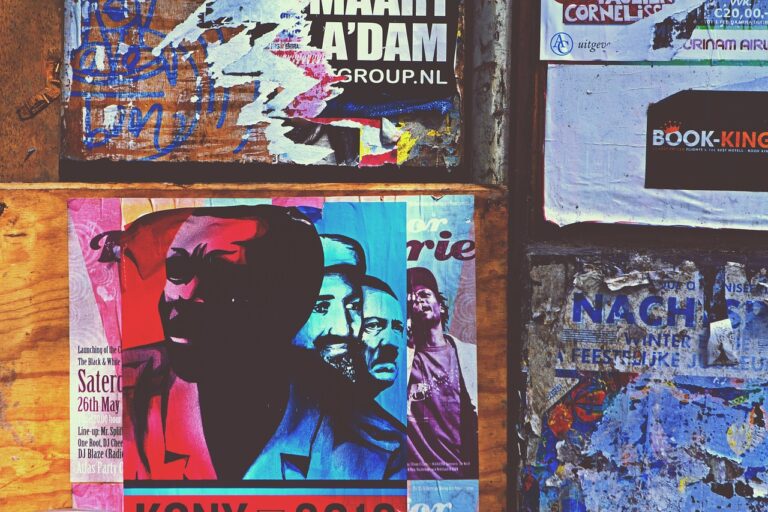Sustainable Fashion: Redefining Style with Upcycled Clothing
The fashion industry is one of the largest contributors to environmental degradation, with fast fashion being a significant culprit. The rapid production cycles of fast fashion brands lead to excessive water usage, high levels of textile waste, and increased carbon emissions. Additionally, the reliance on synthetic materials in fast fashion production further exacerbates environmental issues due to their non-biodegradable nature.
Moreover, the fast fashion model promotes a culture of overconsumption and disposable clothing, encouraging consumers to constantly purchase low-quality, trend-based items. This results in vast amounts of clothing ending up in landfills, where they can take hundreds of years to decompose fully. The environmental impact of fast fashion extends far beyond the initial production phase, making it crucial for both the industry and consumers to rethink their approach to clothing consumption.
The Benefits of Upcycling in Fashion
Upcycling in fashion offers a myriad of benefits to both the environment and consumers. By repurposing old or discarded garments into new and stylish pieces, upcycling significantly reduces the amount of textile waste that ends up in landfills. This sustainable practice helps to minimize the negative impact that fast fashion has on the environment, as it requires less energy, water, and resources compared to producing entirely new clothing items.
Furthermore, upcycling provides a creative outlet for designers to showcase their innovation and ingenuity. It allows for the creation of unique and one-of-a-kind pieces that stand out from mass-produced fashion items. Consumers who opt for upcycled clothing not only contribute to reducing environmental harm but also have the opportunity to express their individuality through fashion choices that support ethical and sustainable practices.
How Upcycled Clothing is Made
Upcycled clothing is created through a process that involves taking discarded garments or textiles and transforming them into new, unique pieces. The first step in making upcycled clothing is collecting materials that would otherwise end up in landfills. These materials are then carefully sorted and cleaned to prepare them for the upcycling process.
Once the materials are ready, designers and artisans get creative by cutting, altering, and combining different pieces to create fresh and innovative designs. The goal is to breathe new life into old textiles and garments, giving them a second chance to be stylish and functional. Upcycled clothing not only reduces waste but also promotes sustainability in the fashion industry.
What is fast fashion and why is it harmful to the environment?
Fast fashion refers to the quick and inexpensive production of clothing by mass-market retailers in response to the latest trends. It is harmful to the environment because it often leads to overproduction, high levels of waste, and pollution from the use of harmful chemicals in production processes.
What are the benefits of upcycling in fashion?
Upcycling in fashion helps reduce waste by repurposing old or discarded clothing into new and unique pieces. It also helps in minimizing the environmental impact of the fashion industry by reducing the need for new materials and lowering energy consumption.
How is upcycled clothing made?
Upcycled clothing is made by taking old or unwanted garments and transforming them into new, stylish pieces. This can involve cutting, sewing, and embellishing the fabric to create a fresh look. Upcycling can also involve combining different pieces of clothing to create something entirely new and original.







